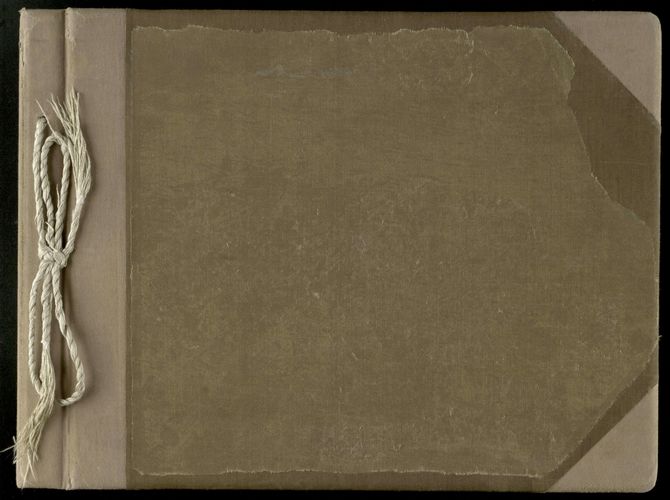Introduction
Until now only three photo albums are known to have been preserved from the Auschwitz concentration camp complex: one about the construction of the Birkenau camp and a visit there by Heinrich Himmler (1942), one made by Karl Höcker, adjutant of the last camp commander Richard Baer with pictures of the life of the SS officers (1944), and the album presented here, which is now called the “Auschwitz Album” or the “Lili Jacob Album”.
At the end of May 1944 photos were taken in the Auschwitz-Birkenau extermination camp about the arrival of a transport from the Beregszász ghetto in norther Hungary.
The pictures were presumably made as an internal SS documentation of the mass murder of Hungarian Jewish men and women between May and July 1944 and collected in an album.
The surviving album came to northern Thuringia during the clearance of the extermination camp and its move to the Mittelbau-Dora concentration camp in January 1945. There the album was discovered after the liberation by a young woman who had been interned as a prisoner in Auschwitz-Birkenau and from there transported to the Mittelbau-Dora concentration camp. In leafing through the album, 18-year-old Lili Jacob recognised not only herself, but also her family, relatives and friends from her home town who had been murdered in Auschwitz.
Lili emigrated to the USA in 1948. She presented the album to the Yad Vashem memorial in Jerusalem in 1980. Today the 192 different motifs in the album are important documents of the Holocaust. In the Auschwitz trials in Frankfurt am Main in 1963 this evidence contributed decisively to the legal proceedings against the perpetrators of Nazi crimes.
Today the pictures in the “Auschwitz Album” provide us with gruesome impressions of the camp, but they are in fact scenes that Sheindi Ehrenwald herself had to witness in the summer of 1944.






